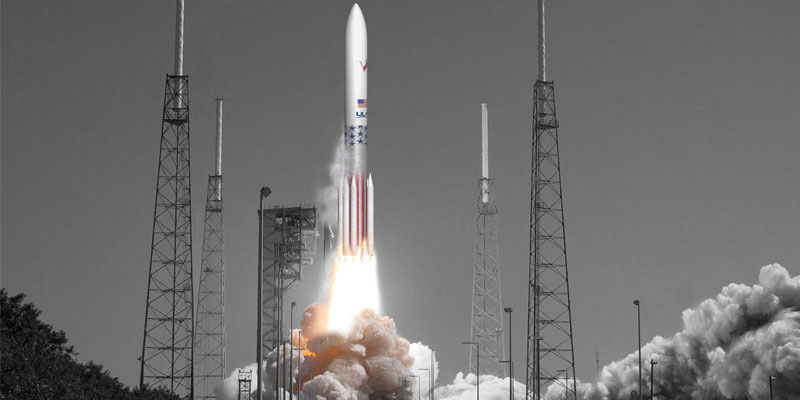America’s love affair with space exploration is back on. And while most launches are still originating from Florida’s Space Coast, many other states–particularly Alabama–are getting an economic shot in the arm from the revival.
While America’s space exploration history reached its high-water mark with the first moon landing in 1969, the current space revival is in many ways just as exciting. In the glory days, NASA was really the only player in the game, as it doled out huge contacts to its mission contractors. The emergence of private space exploration has given today’s landscape a Wild West feel. NASA is still a major player, but so is Elon Musk’s SpaceX, Jeff Bezos’ Blue Origin and a host of other entrepreneurs looking for a share of the emerging free market to ferry satellites and someday people to Earth orbit and beyond with regularity.
“Recently we have seen a tremendous growth in interest and enthusiasm when it comes to space launches and exploration,” said Tory Bruno, CEO of the rocket builder United Launch Alliance (ULA). “Our employees and suppliers do the work that ensures Americans continue to lead the way when it comes to placing our nation’s most critical satellites in orbit.”
While Gulf coast states have enjoyed varying levels of involvement with the aerospace industry, Alabama has emerged as a leader. There are currently more than 160 aerospace companies with operations in Alabama employing more than 15,000 people.
Dynetics Inc. broke ground last year on a new aerospace testing and manufacturing complex at the ULA site near Decatur. The project includes a $14.2 million aerospace testing facility slated for completion in July and a $7.4 million hardware integration building slated for completion in December 2018.
The investment by the industry in Alabama has been enormous. ULA alone has more than 600 direct employees and its economic impact on the state last year was $285 million. In addition to Dynetics, ULA does business with nearly 200 suppliers in the state including Siemens, Rexel and The Lilly Company.
Similar to the atmosphere in the Apollo mission days in the 20th century, Washington has been a driving force of the current resurgence. In December of last year, President Trump signed an executive order that “makes it a national policy of the United States to return to the Moon, put Americans on Mars and bring renewed focus to human exploration in space.”
President Trump also issued an order reviving the National Space Council after it had been dormant since 1993. Vice President Pence chairs the council, which is tasked with advising and assisting the President regarding national space policy and strategy. The bottom line: both government and the private sector are embracing all things aerospace.
So what is the future of aerospace in Alabama? The sky is the limit—literally. After a gap of more than 40 years, NASA is getting serious about returning to the moon. The agency has been sending probes to Mars, and is working on viable ecosystems there that will set the stage for humankind’s eventual arrival on the Red Planet. A steady stream of military and commercial satellite launches will continue unabated.
With a revitalized NASA working alongside a dynamic private sector, aerospace is poised to enter an exciting, prosperous new era—and Alabama will be at the forefront of it.








